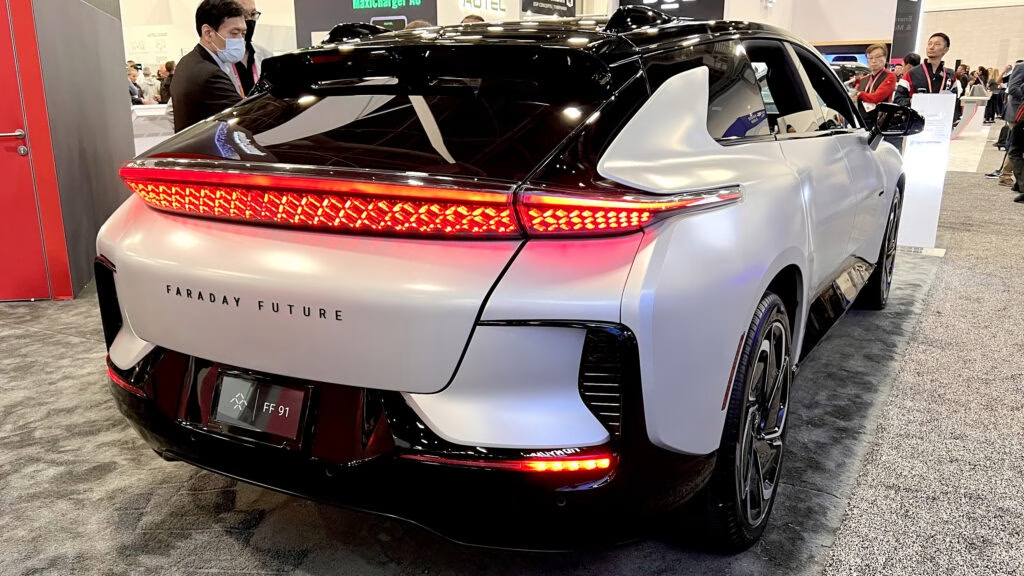Faraday Future is making headlines, but not for the reasons you might expect. The electric vehicle (EV) manufacturer has recently released its first quarter financial results, and the numbers tell a troubling story. With only two units of its flagship FF 91 EV delivered, the company is facing significant challenges that raise questions about its future.
What Happened in the First Quarter?
To put it bluntly, Faraday Future had a rough start to the year. The company managed to deliver just two vehicles in the first quarter, which translates to less than one delivery per month. This lackluster performance resulted in a mere $300,000 in revenue, a stark contrast to the $48.2 million net loss reported. That’s a staggering figure for any company, especially one trying to establish itself in the competitive EV market.
Despite these dismal numbers, Faraday Future attempted to spin the situation positively, claiming they expanded their client base and made their first delivery in New York. However, this optimism feels a bit misplaced given the context. The reality is that the company is struggling to gain traction, and the numbers reflect a broader issue with its product lineup and market strategy.
Are the Pre-Orders Real?
One of the more concerning aspects of Faraday Future’s situation is the discrepancy between reported pre-orders and actual commitments. The company announced 1,300 pre-orders for its upcoming Super One minivan, but only three of those are binding. This raises red flags about consumer confidence and the viability of their new offerings.
Additionally, a pre-order agreement for 1,000 FX Super One vans from JC Auto sounds impressive until you realize that the actual number of binding orders could be as low as two. Similarly, a deal with Sky Horse Auto for 300 MPVs might only yield one confirmed order. These figures highlight a troubling trend: while the company is promoting ambitious plans, the reality on the ground is far less encouraging.
What’s Next for Faraday Future?
Looking ahead, Faraday Future has ambitious plans, including the launch of a new mainstream FX brand. This brand aims to offer a range of vehicles, including the Super One minivan, an FX 6 crossover, and an entry-level FX 5 priced between $20,000 and $30,000. While these plans could potentially broaden their market appeal, the company’s track record raises doubts about execution.
The financial presentation accompanying their recent results was filled with warnings about ongoing losses and operational risks, particularly concerning their operations in China. This uncertainty adds another layer of complexity to an already challenging situation.
What Can We Learn from Faraday Future’s Struggles?
The situation at Faraday Future serves as a cautionary tale for startups in the automotive industry, particularly in the EV sector. It underscores the importance of solidifying a customer base before making grand announcements about new products. Additionally, it highlights the need for transparency in reporting pre-orders and commitments to avoid misleading potential investors and consumers.
Investors and consumers alike should approach Faraday Future’s future with cautious optimism. While the company has ambitious plans, the road ahead is fraught with challenges. The big takeaway? Faraday Future isn’t about perfection—it’s about smarter adjustments. Start with one change this week, and you’ll likely spot the difference by month’s end.

